Description
THERAPEUTIC CLASSIFICATION
Topical Antibiotic/Corticosteroid
ACTION AND CLINICAL PHARMACOLOGY
Fusi-zon (2% Fusidic acid/1% hydrocortisone acetate) combines the antibacterial activity of fusidic acid with the anti-inflammatory activity of the mild potency corticosteroid hydrocortisone acetate.
The antibacterial action of fusidic acid results from inhibition of bacterial protein synthesis. The drug interferes with amino acid transfer from aminoacyl-tRNA to protein on the ribosomes. The spectrum of antibacterial activity of fusidic acid is primarily toward Gram positive organisms, demonstrating particularly high activity against Staph. aureus. Hydrocortisone acetate has anti-inflammatory, antipruritic, and vasoconstrictive properties. The mechanism of the anti-inflammatory activity of topical corticosteroids is generally unclear. However, corticosteroids are thought to induce phospholipase A2 inhibitor proteins, preventing arachidonic acid release and the biosynthesis of potent mediators of inflammation.
Skin penetration by fusidic acid is comparable to that of glucocorticoids. As much as 2% of the amount of topically applied fusidic acid penetrates intact skin. Dermal absorption of hydrocortisone is considered to be approximately 1-5% of the administered dose. Absorption of hydrocortisone may be higher in certain body areas such as the face, groin, axilla, or on injured or inflamed skin such as the lesions of atopic dermatitis.
The efficacy of Fusi-zon in the treatment of mild to moderately severe atopic dermatitis has been compared with that of its’ individual components, fusidic acid and hydrocortisone in clinical studies. For patients with Staph. aureus present on the lesions, Fusi-zon was more effective than either hydrocortisone or fucidic acid based on a single efficacy criterion for alleviation of classical symptoms (erythema, scaling, oedema, itch, serous discharge, and crusting) and bacteriological eradication at completion of 14 days of treatment. There is no data available regarding relapse rate.
INDICATIONS AND CLINICAL USE
Fusi-zon is indicated for the treatment of mild to moderately severe atopic dermatitis where Staph. aureus is suspected as a contributing factor. The presence of Staph. aureus may be associated with crusting of lesions and/or erythema. Fusi-zon has antibacterial activity which results in the eradication of Staph. aureus from the skin lesions of atopic dermatitis. In addition, Fusi-zon also has anti-inflammatory activity.
CONTRAINDICATIONS
• Fusi-zon is contraindicated in patients with hypersensitivity to fusidic acid, hydrocortisone acetate, or other components of the cream.
• As with other topical antibiotic/corticosteroid combination preparations, Fusi-zon is contraindicated in bacterial infections due to non-susceptible organisms, fungal infections, tuberculosis of the skin, syphilitic skin infections, chicken pox, eruptions following vaccinations and viral diseases of the skin in general.
WARNINGS
When used under occlusive dressing, over extensive areas, or on the face, scalp, axillae and scrotum, sufficient absorption may occur giving rise to adrenal suppression and other systemic effects.
PRECAUTIONS:
• Fusi-zon should not be used in or near the eye because of the possibility of conjunctival irritation by fusidic acid. Application of topical corticosteroids near the eye can potentially cause increased intraocular pressure, glaucoma, or cataracts.
• Steroid-antibiotic combinations should not be continued for more than 14 days in the absence of any clinical improvement, since occult extensions of the infection may occur due to masking by the steroid. Similarly, steroids may also mask hypersensitivity reactions.
• As with all topical antibiotics, extended or recurrent application may allow overgrowth of non-susceptible organisms, or increase the risk of contact sensitization and the development of antibiotic resistance.
• Sensitization and irritation due to dermal applications of topical corticosteroids have been noted in rare instances. Application to extensive areas, too frequent application, or application under occlusive dressings may result in systemic absorption with symptoms of adrenal suppression. Localized atrophy and striae, particularly on the flexor surfaces and on the face, may also develop.
Pregnancy and Lactation:
The safety of fusidic acid and/or topical hydrocortisone during pregnancy or lactation has not been established. The use of Fusi-zon during pregnancy or lactation requires that the potential benefits be weighed against the risks to the foetus or nursing infant. Animal studies have not demonstrated teratogenicity with fusidic acid. Fusidic acid has been shown to penetrate the placental barrier following systemic administration, and fusidic acid has been detected in the milk of nursing mothers. Topical administration of corticosteroids to pregnant animals can cause abnormalities of foetal development, including cleft palate and intra-uterine growth retardation. There may, therefore, be a risk of such effects to the human foetus.
Children:
Clinical trials with Fusi-zon have not demonstrated any increased incidence of adverse effects in children 3 years and over. Paediatric patients may, however, demonstrate greater susceptibility to topical corticosteroid-induced hypothalamic-pituitary-adrenal axis suppression and to exogenous corticosteroid effects than mature patients because of greater absorption due to a larger skin surface area to body weight ratio. Therefore, excessive and prolonged use of Fusi-zon, especially under occlusive conditions, should be avoided. There are no data from randomized, controlled clinical trials on the safety and efficacy of Fusi-zon in children under 3 years of age.
ADVERSE REACTIONS:
Clinical trials demonstrated that Fusi-zon is well tolerated and associated with few adverse effects. In clinical trials, only 3.2% of patients experienced adverse effects. Adverse effects were not serious, consisting of irritation at the application site (1.6%) and flare up of dermatitis (1.6%).
Fusidic acid has been reported to cause mild irritation at the application site, but did not usually require discontinuation of therapy. Reports of hypersensitivity reactions have been rare.
Adverse effects are generally local and include: dryness, itching, burning, local irritation, striae, skin atrophy, atrophy of subcutaneous tissues, telangiectasia, hypertrichosis, change in pigmentation and secondary infection. If applied to the face, acne rosacea or perioral dermatitis can occur.
SYMPTOMS AND TREATMENT OF OVERDOSAGE:
Overdosage has not been known to occur during topical therapy with Fusi-zon.
However, adverse effects would be expected to be those associated with topical hydrocortisone.
DOSAGE AND ADMINISTRATION:
Fusi-zon should be applied 3 times daily and gently massaged into the affected areas. In clinical trials the treatment period was 2 weeks. A shorter course should be considered if symptoms improve.
There are no data from randomized, controlled clinical trials on use of Fusi-zon in children under 3 years of age (see PRECAUTIONS).
Storage Recommendation:
Keep at a temperature not exceeding 30C.
Keep out of reach of children.
AVAILABILITY OF DOSAGE FORM
Fusi-zon is available in lacquered aluminum tubes of 15 gm.
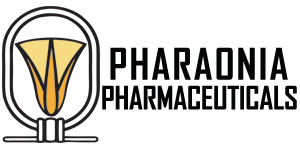

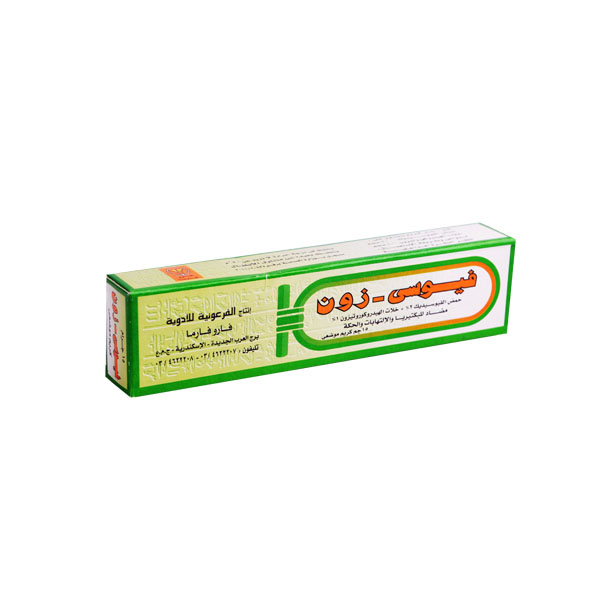
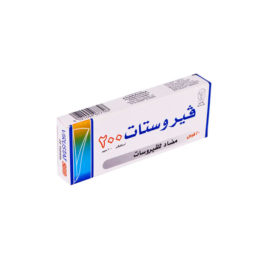
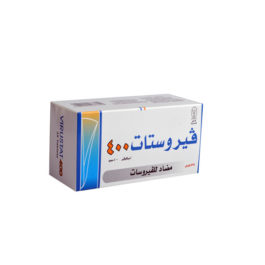
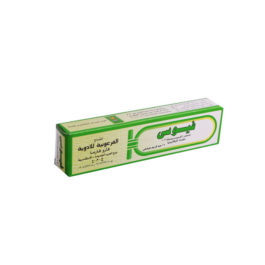
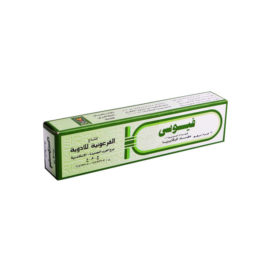
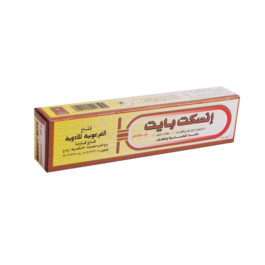
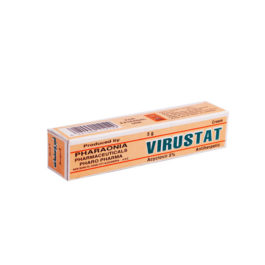
Reviews
There are no reviews yet.